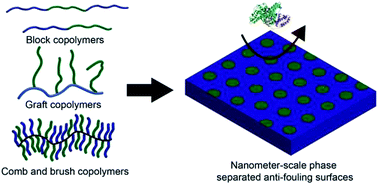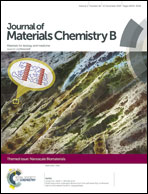Nanometer-scale self-assembly of amphiphilic copolymers to control and prevent biofouling
Abstract
Bacterial infections occur on nearly 4% of all implanted medical devices, leading to a loss in patient quality of life, higher medical costs, and in some cases permanent disability. These infections typically form biofilms that limit the effectiveness of antibiotics and may require removal of the device. Since the infections are difficult to cure once established, methods to prevent the initial bacterial infection have been investigated. Biocidal surfaces can be effective in preventing bacterial colonization, but they do not prevent the non-specific adhesion of biomacromolecules that are the precursor to bacterial attachment. Self-assembled monolayers can prevent biomacromolecule adsorption, but their effectiveness diminishes over time due to monolayer desorption. Robust amphiphilic copolymers that self-assemble into distinct phases on the nanometer-scale can prevent biomacromolecule adsorption, and subsequent organism adhesion and biofilm formation. These coatings phase separate on the length scale of biomacromolecules and disrupt their adhesion mechanism. In this review, the development of amphiphilic polymer architectures that phase separate on the nanometer-scale is discussed with a focus on the different amphiphilic copolymer architectures used and their prevention of biofouling. Though a nascent technique in this field, phase separated amphiphilic copolymer coatings have significant potential to prevent bacterial infections on implanted medical devices.

- This article is part of the themed collection: Nanoscale Biomaterials

 Please wait while we load your content...
Please wait while we load your content...